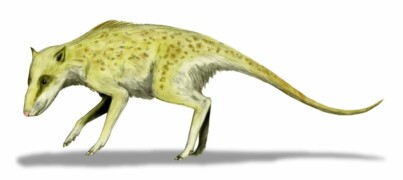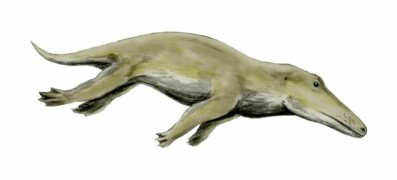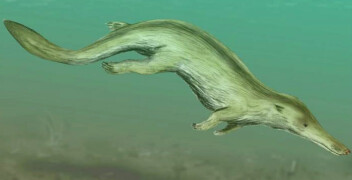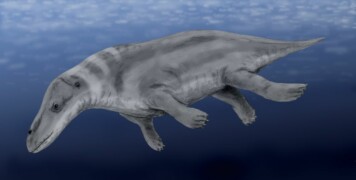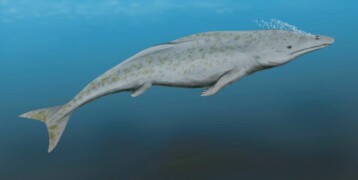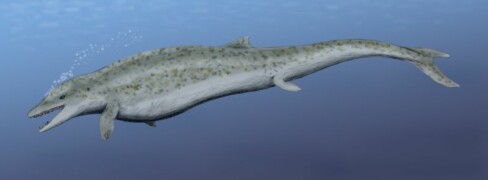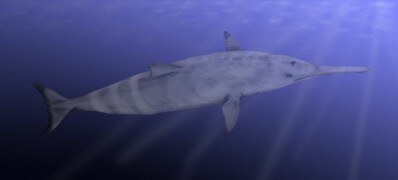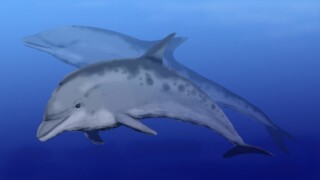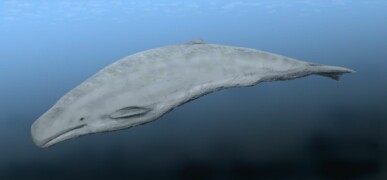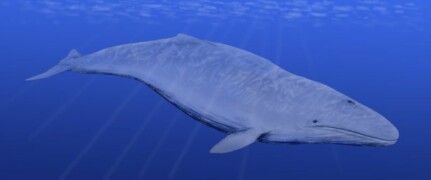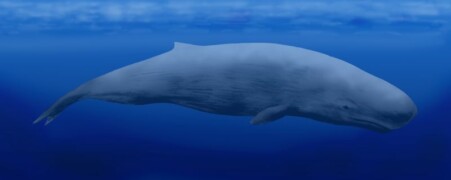Evidence for Evolution
There is a lot of evidence for evolution. Most of palaeontology, genetics, botany, zoology, and a lot of modern medicine relies on the theory of evolution to be true, and many thousands of researchers in these fields would notice glaring problems in their research if it were false.
This page would become very long if it tried to cover all the evidence for evolution, so instead it will focus on five clear pieces of evidence. The Wikipedia page Evidence of common descent is a good place to start if you are looking for more — there’s a lot of it!
- Evidence of Evolution in the Fossil Record — The Evolution of Whales
- Evolution Observed in the Wild — Peppered Moths
- Evolution Observed in the Lab — The E. coli Long-Term Evolution Experiment
- Evidence of Evolution in the Fossil Record — The Evolution of Humans
- Evidence of Evolution in DNA — Human Chromosome 2
Evidence of Evolution in the Fossil Record — The Evolution of Whales
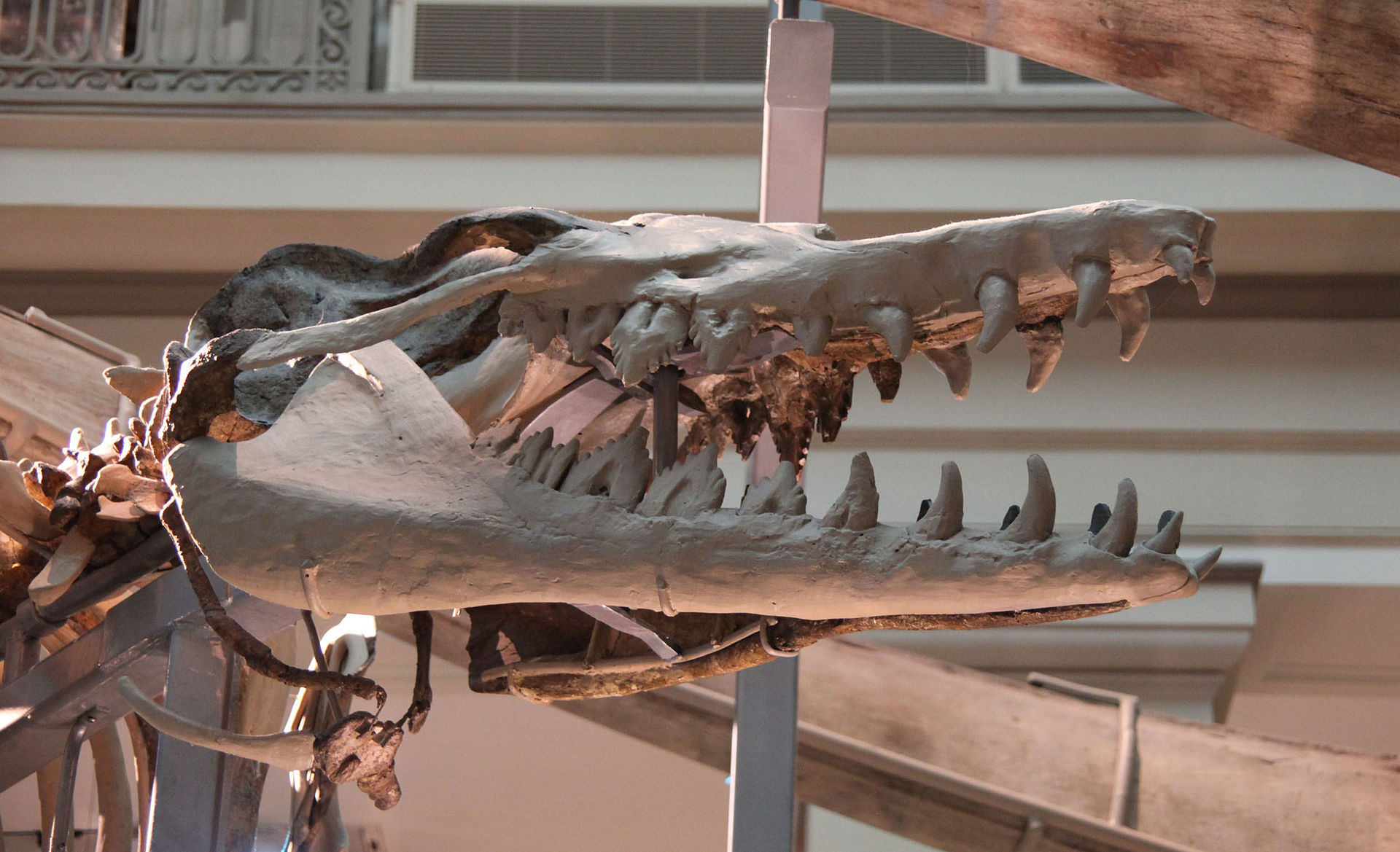
Whales evolved from a small deer-like mammal which lived in what is now India, about 50 million years ago. Over the past half century, paleontologists have found a number of fossilized skeletons, which when assembled in date order, show a very clear line of descent with the ancestors of modern whales, dolphins, and porpoises becoming increasingly streamlined and suited for life under the water.
The skeletons of modern whales show evidence that they evolved from mammals which walked on four limbs on land. They have small hip and leg bones in their tails analogous to the pelvis, femurs, fibulas, and tibias in humans. The front flippers of whales and dolphins contain bones and joints arranged in a similar pattern to our fingers, hands, wrists, arms, and elbows.
Like their land-dwelling ancestors, whales, dolphins, and porpoises need to return to the surface to breathe air. And like other placental mammals, they give birth to live young and feed them milk.
Whale ancestor pictures by Nobu Tamura.
Evolution Observed in the Wild — Peppered Moths
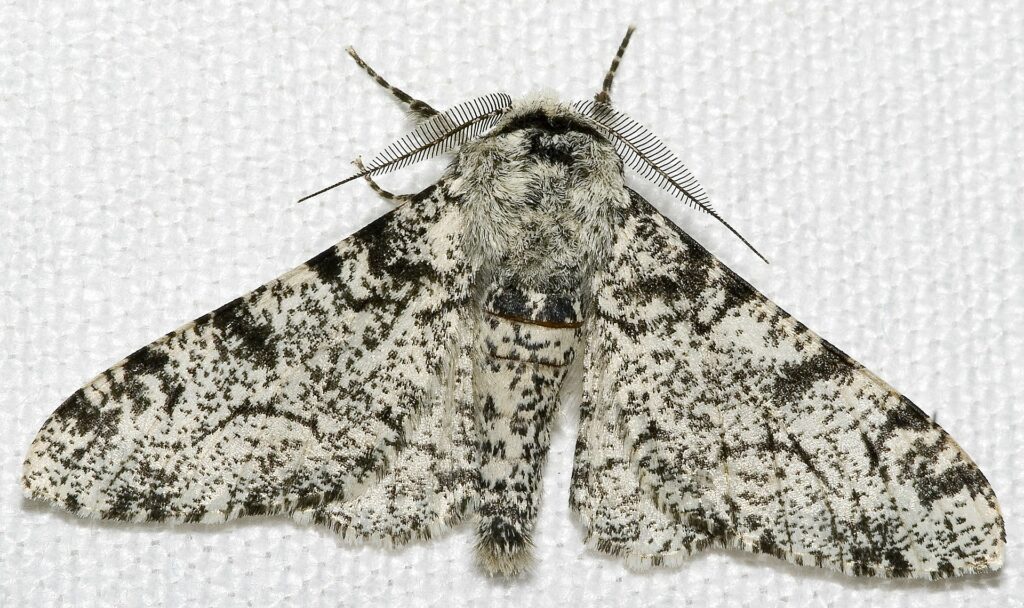
Evolution isn’t just something that happened in the distant past, which we can only observe through fossils, but something that is seen happening in the world around us.
The Peppered Moth (Biston betularia) is a species of moth native to large parts of the northern hemisphere, including Europe, North America, and much of Asia. Prior to the 19th century, black peppered moths (Biston betularia carbonaria) were rare, the first known specimen only being recorded in 1811.
A paper in the Entomologist journal in 1864 noted how black peppered moths were becoming increasingly common since the industrial revolution. Soot from factories had blackened tree trunks, leading to light peppered moths (Biston betularia typica) being less camouflaged and more visible to birds, bats, and other predators. By 1895, it was reported that 98% of peppered moths in Manchester were the darker variety.
As pollution levels have fallen, the black peppered moth has been in decline, with lighter peppered moths becoming more common again. If that 2% of remaining lighter peppered moths had not survived, it is likely the color change would have been permanent.
Evolution Observed in the Lab — The E. coli Long-Term Evolution Experiment
A difficulty in observing evolution in real time, as it happens, is that it takes many, many generations for significant changes to evolve. Speciation (the evolution of a population which differs enough from the original to be considered a new species) sometimes takes tens of thousands of generations. Depending on the organism, a generation could be up to ten or twenty years.
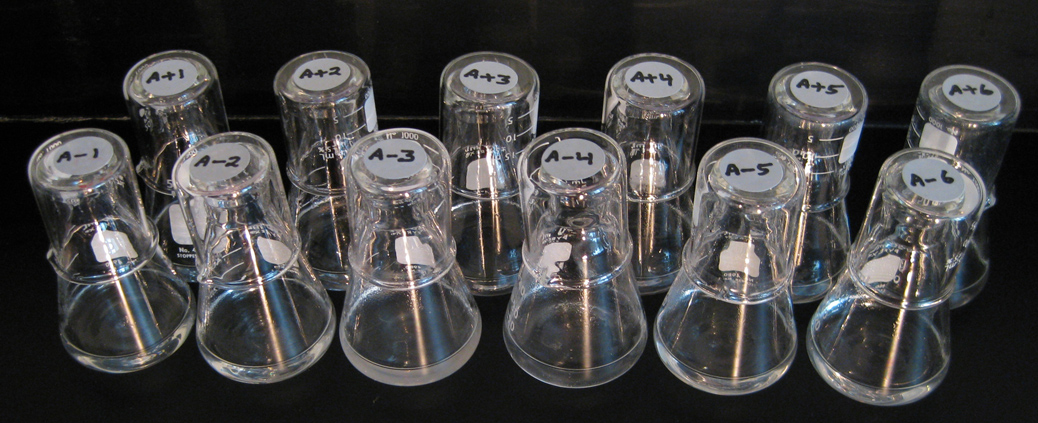
However, some organisms have much shorter generations. Fruit flies are commonly studied because their generations are around 10 to 12 days. One of the most well-known long-term studies on evolution is the E. coli long-term evolution experiment being run by Richard Lenski at Michigan State University. The E. coli bacteria reproduces fast enough for about 200 generations to happen every month; since the experiment began in 1988, around 73,500 generations have occurred.
Twelve separate populations are being grown in separate flasks, with small samples of each being frozen every 75 days to have a complete history of how they have evolved over time. A number of genetic mutations have been seen in different flasks, some of which have been beneficial to the bacteria and have spread to become common with the flask they evolved in.
One of the most interesting changes was that E. coli in one flask evolved the ability to aerobically grow in citrate, providing the bacteria in that flask with an additional source of food. The inability to grow in citrate is considered one of the defining characteristics of E. coli, and is one of the tests scientists use to tell the difference between it and Salmonella. Although Lenski is cautious and does not propose that the bacteria in that flask should now be considered a new species, he does state that it is “a first step on the road to possible speciation”.
Evidence of Evolution in the Fossil Record — The Evolution of Humans
This section is coming soon.
Evidence of Evolution in DNA — Human Chromosome 2
This section is coming soon.

